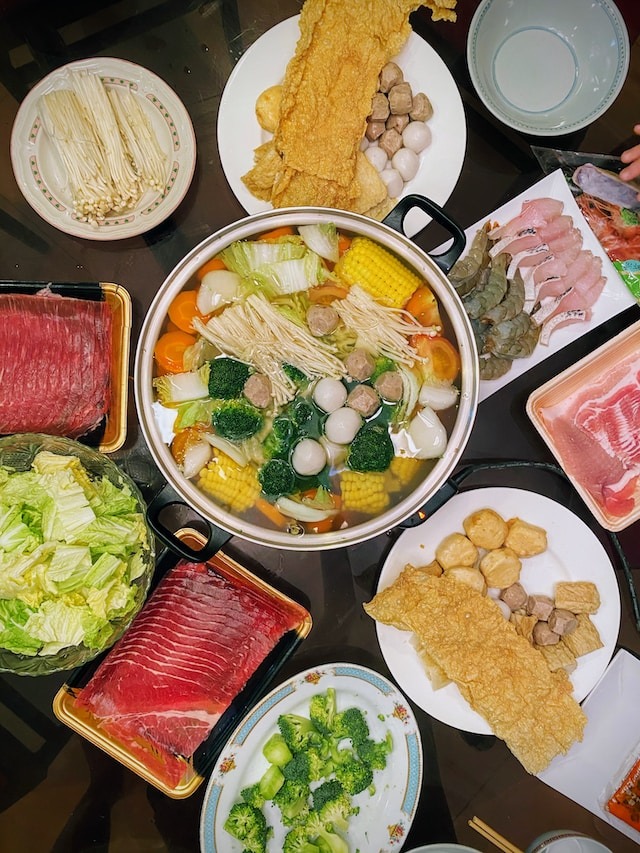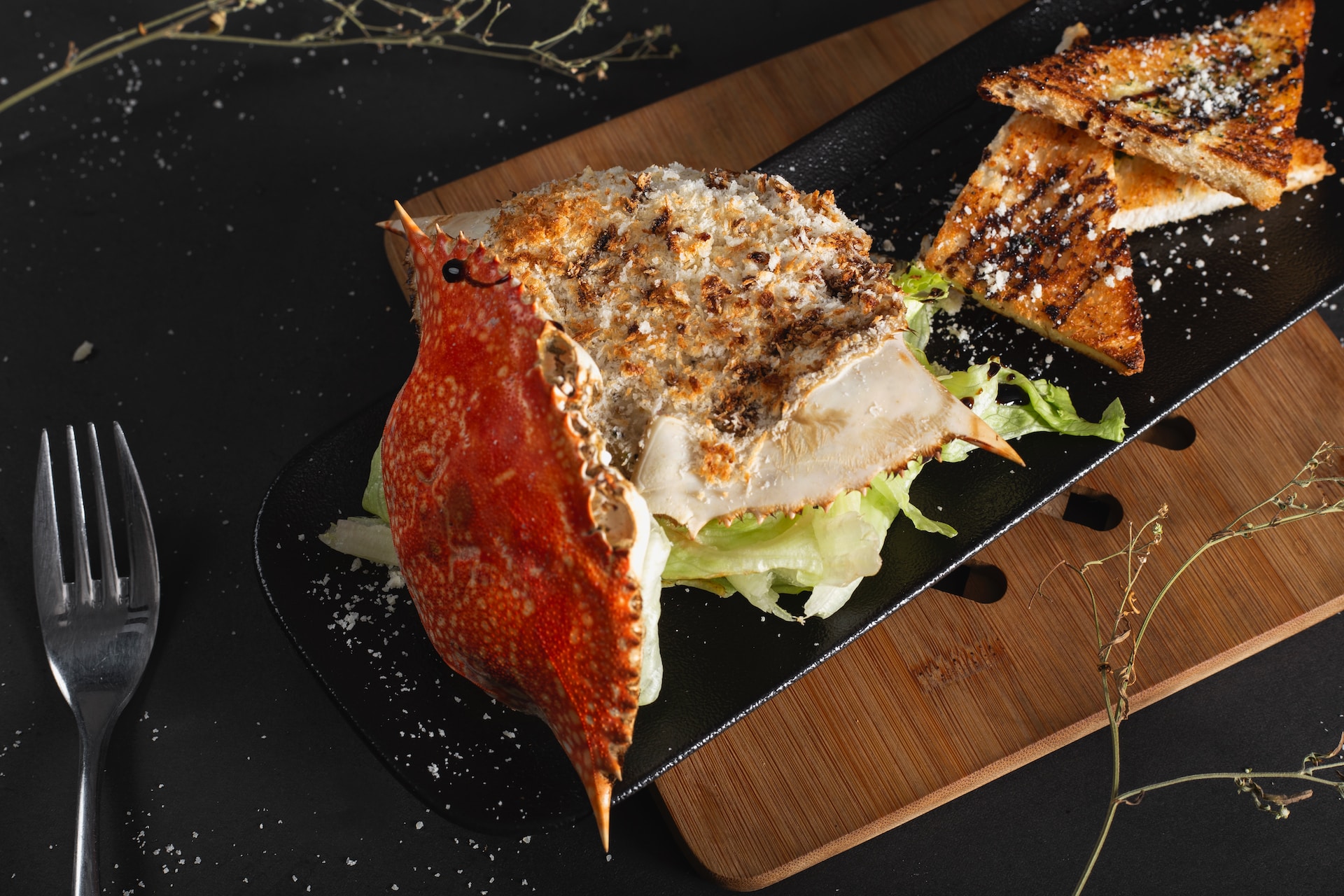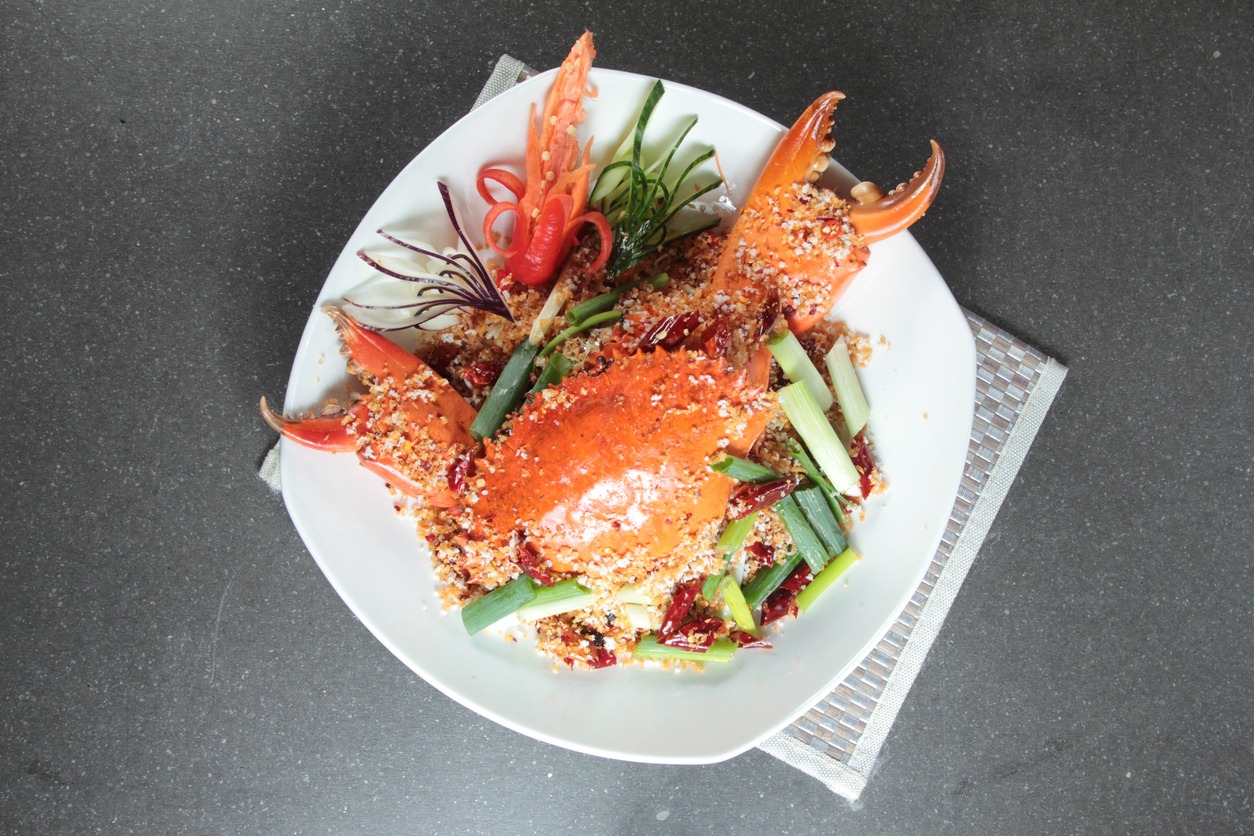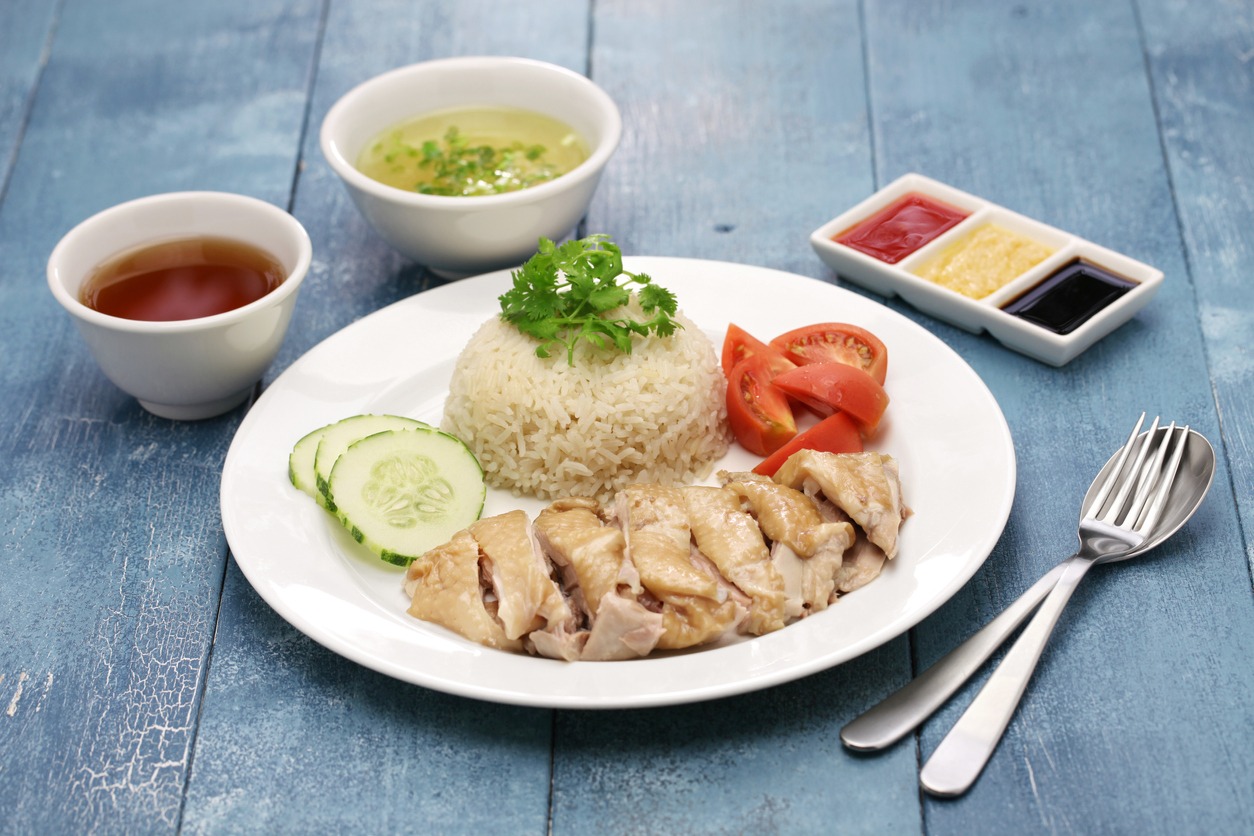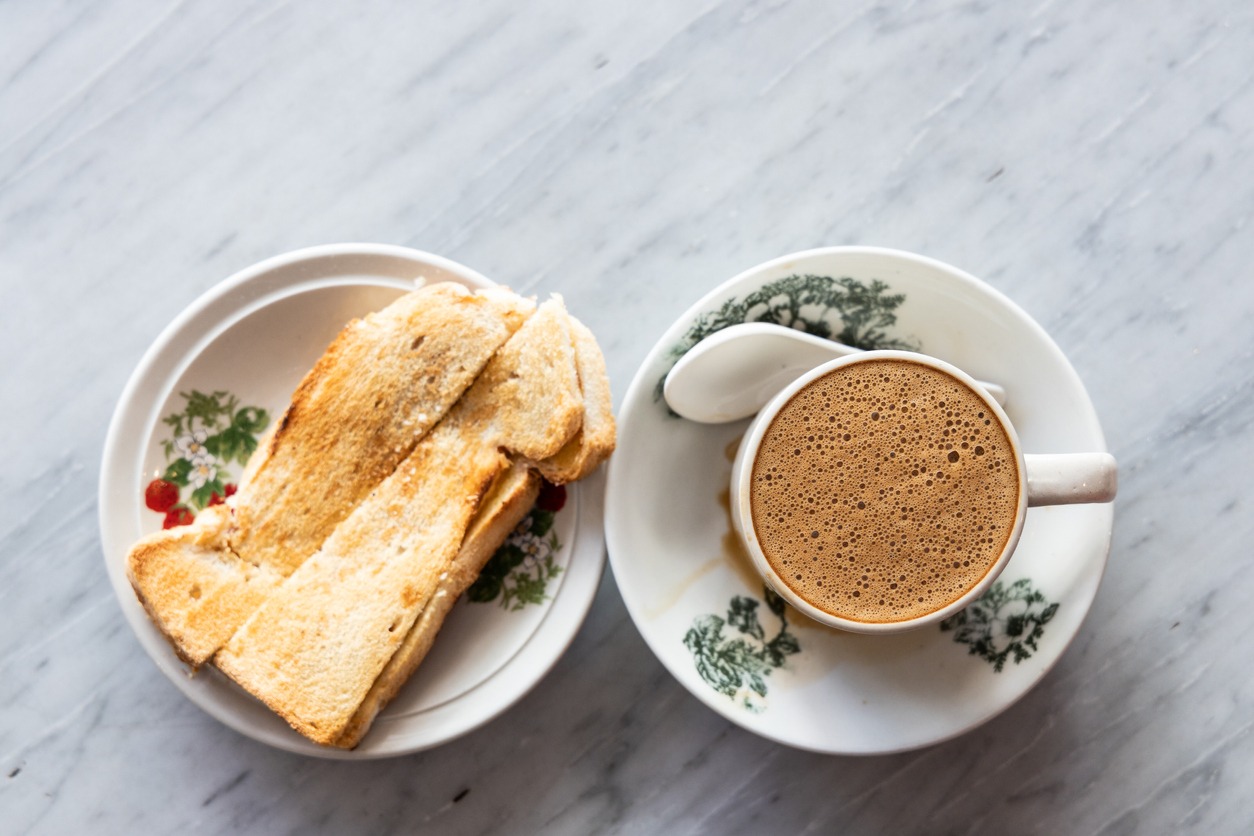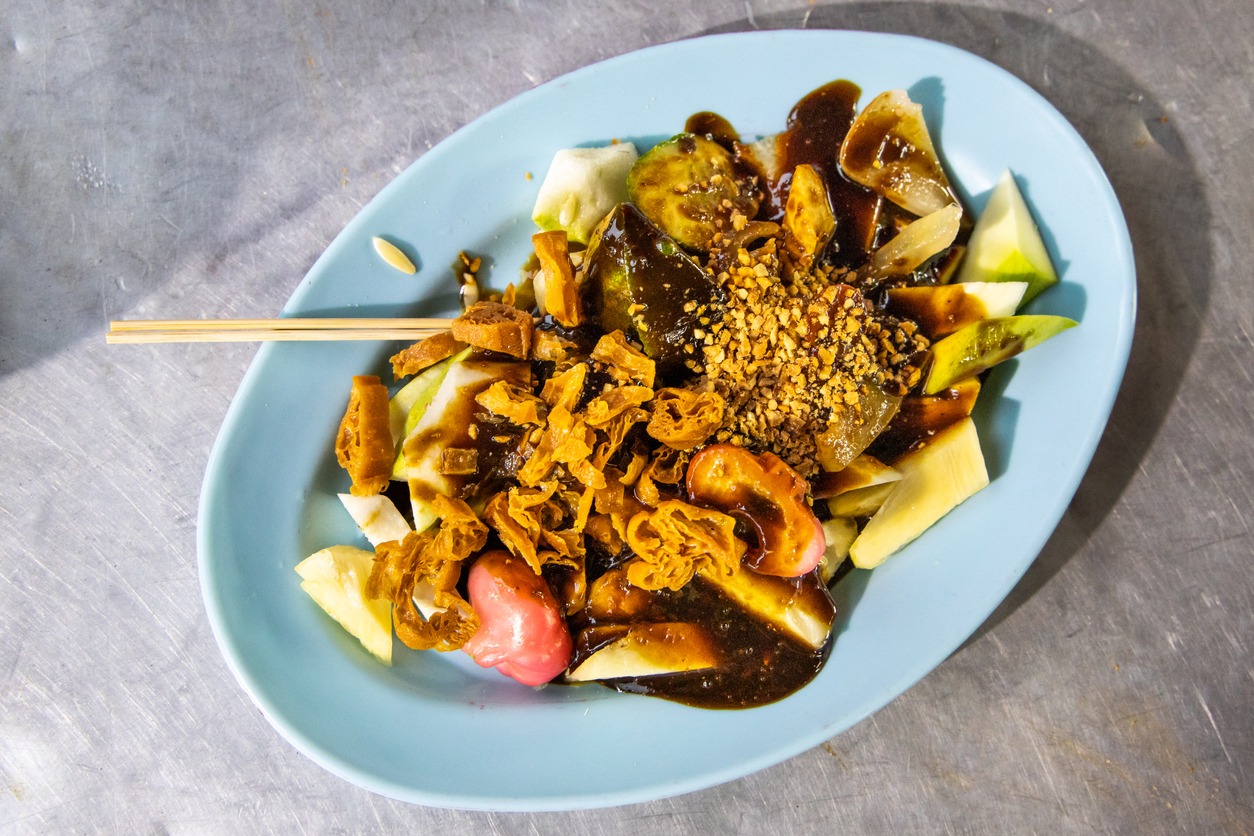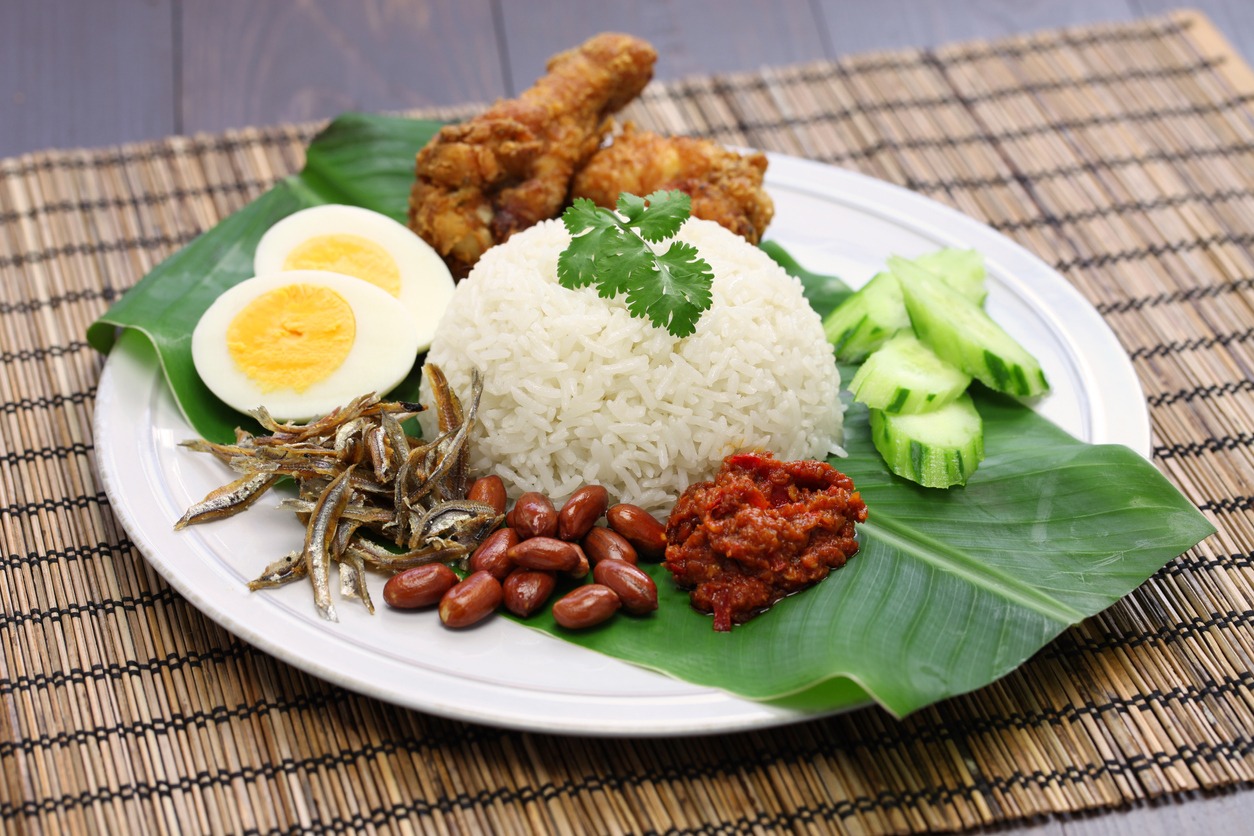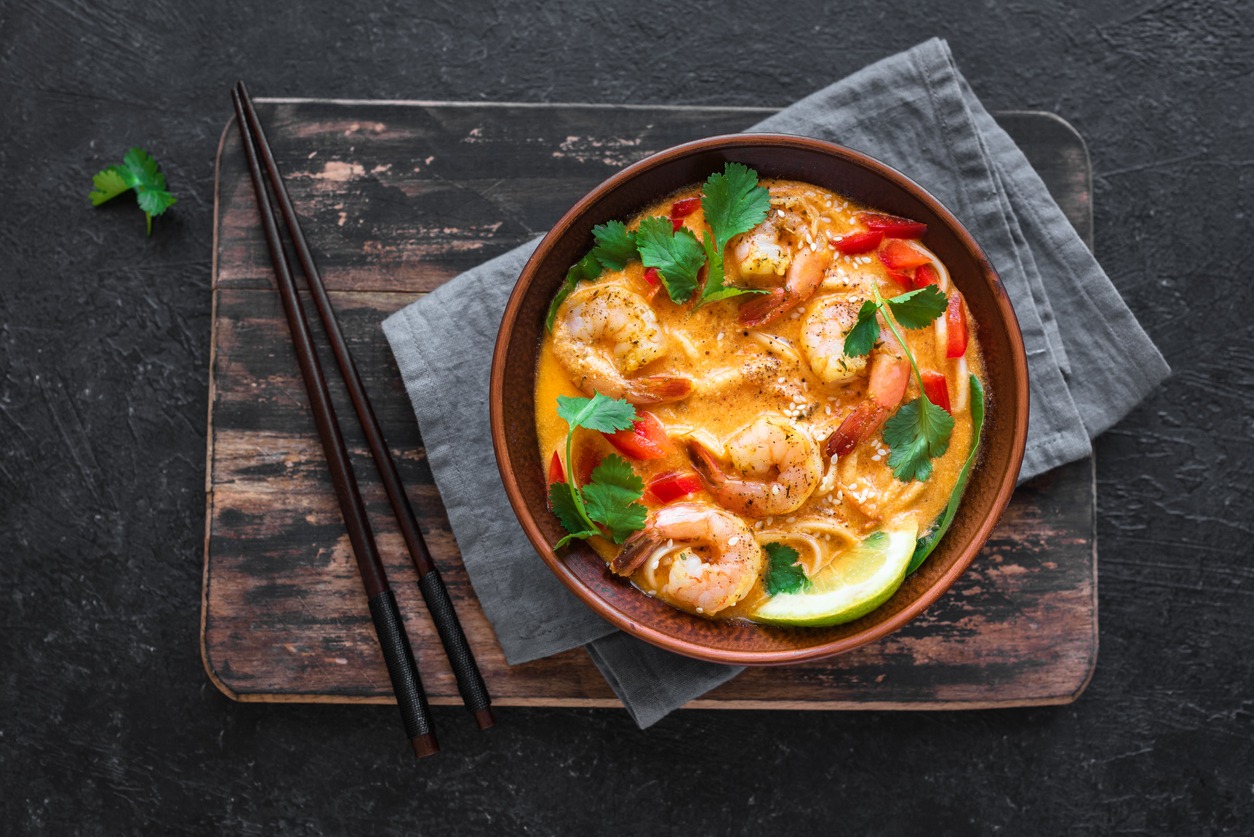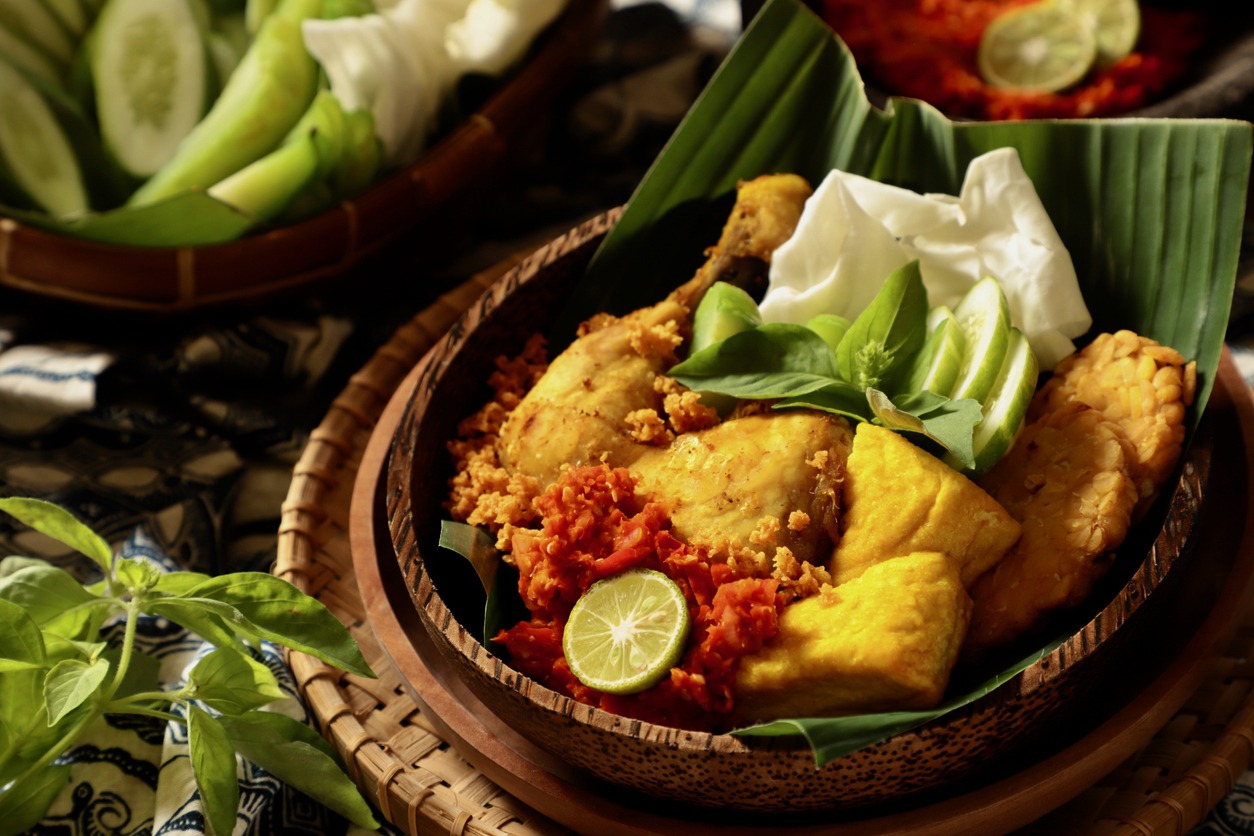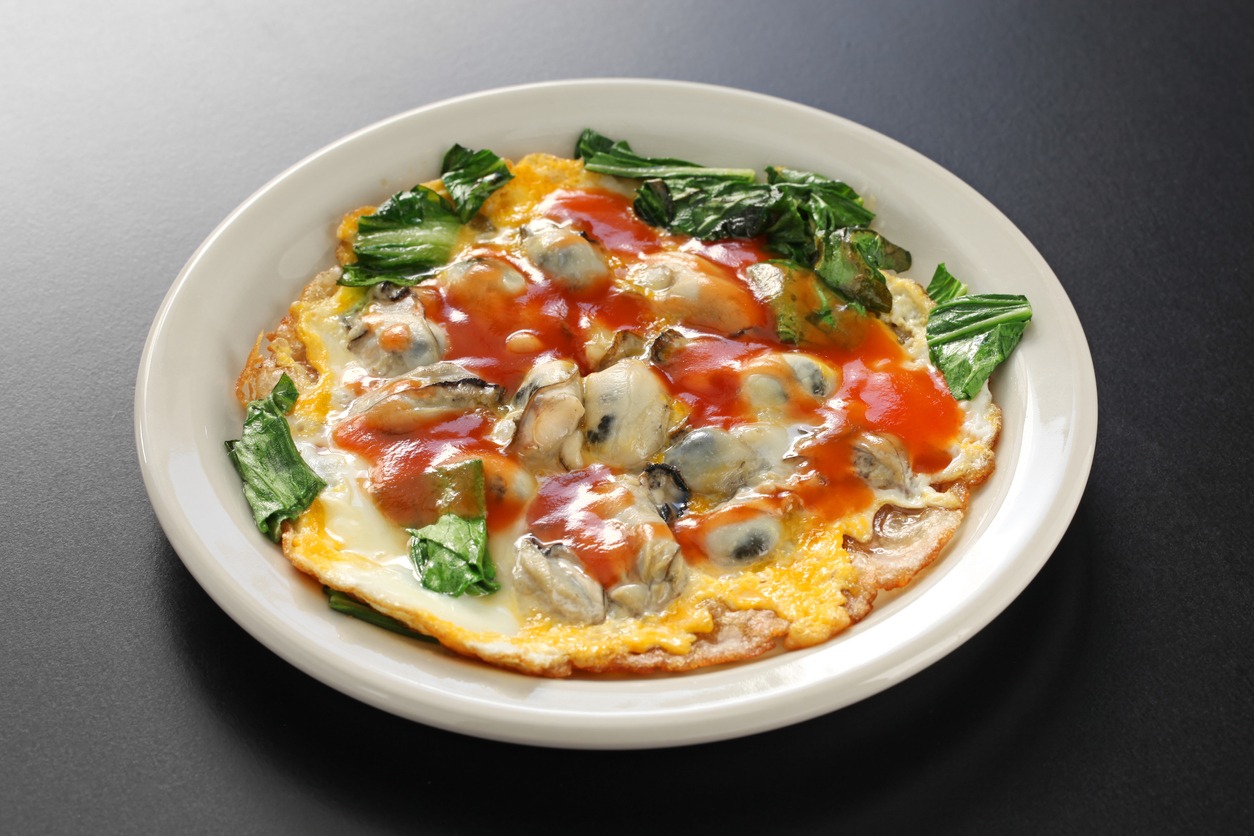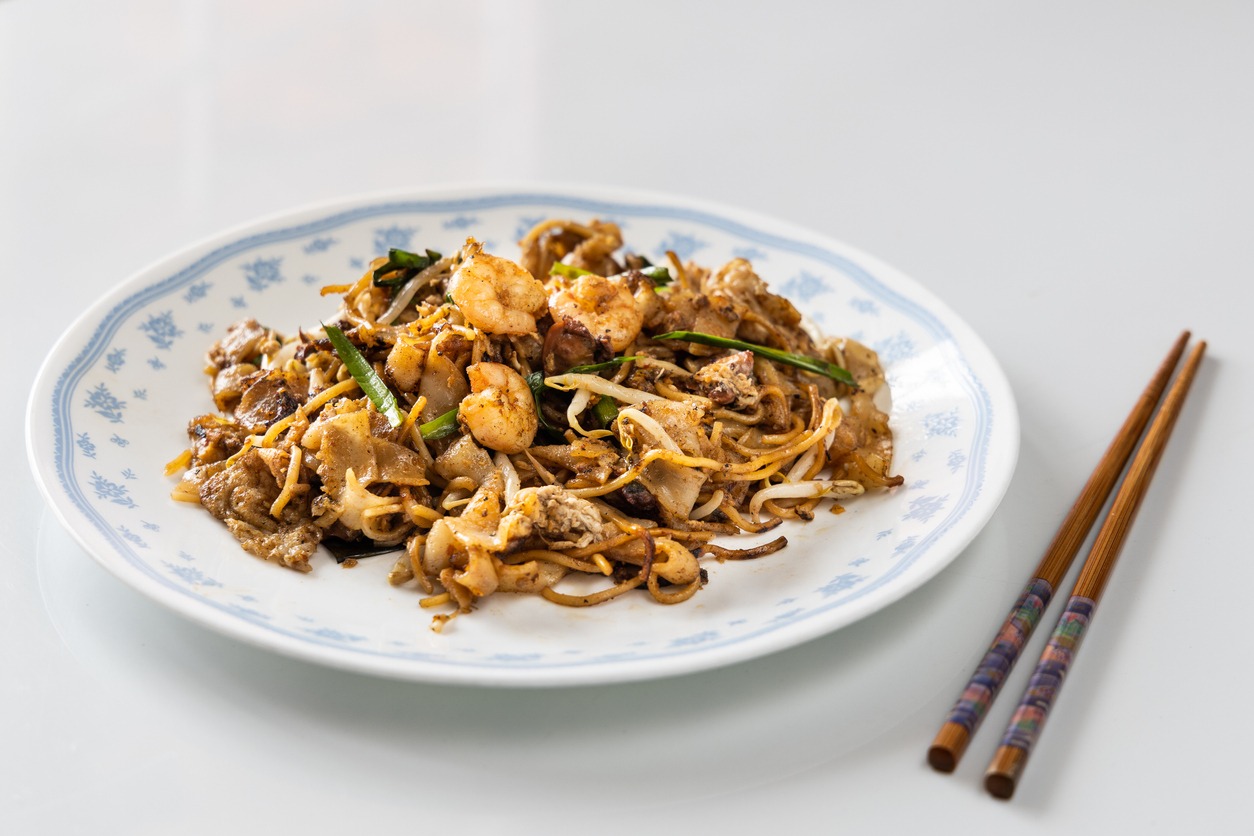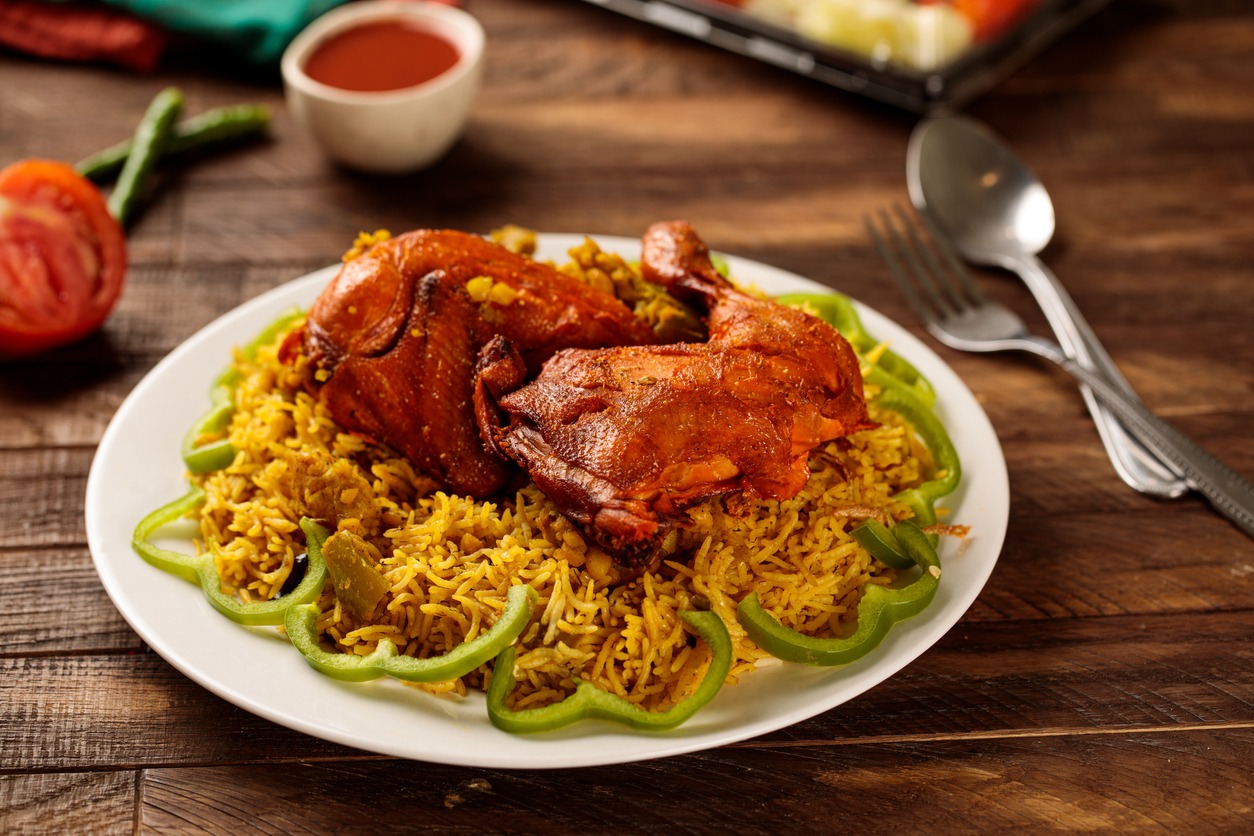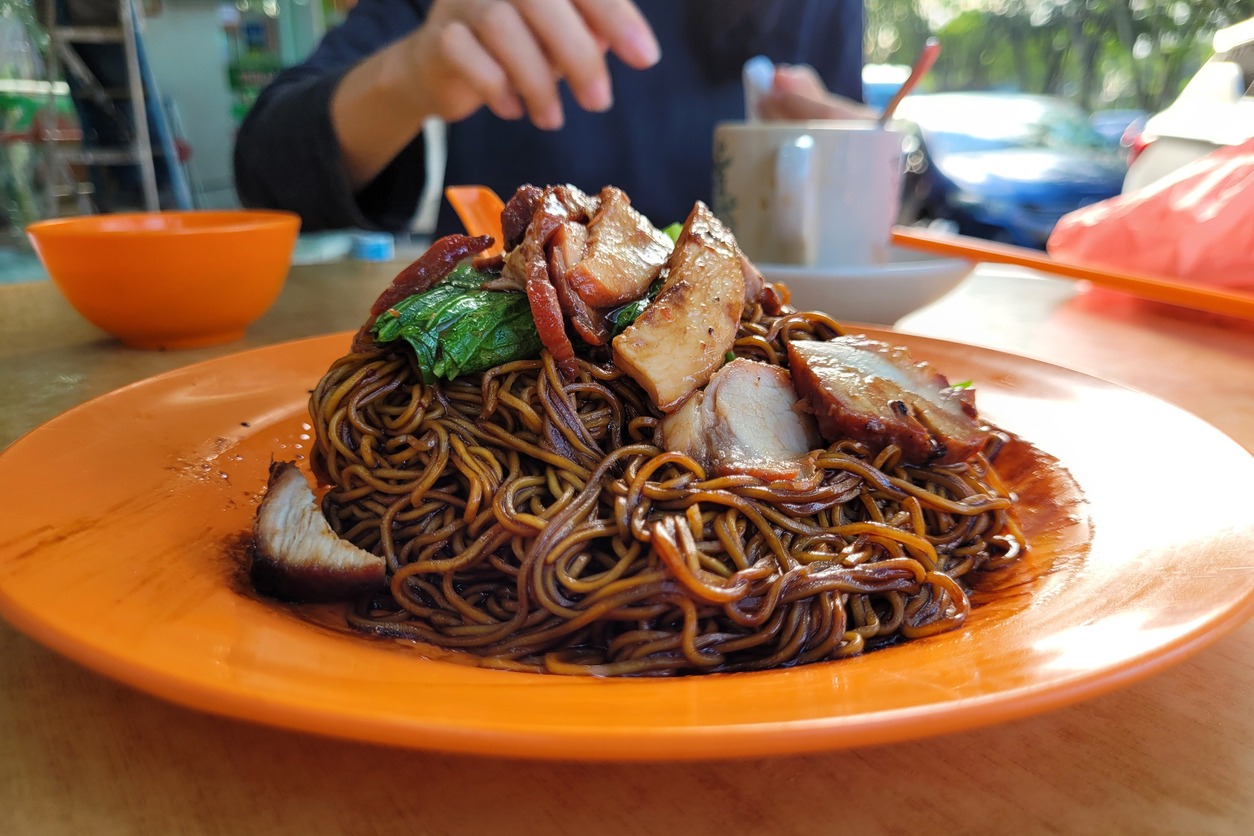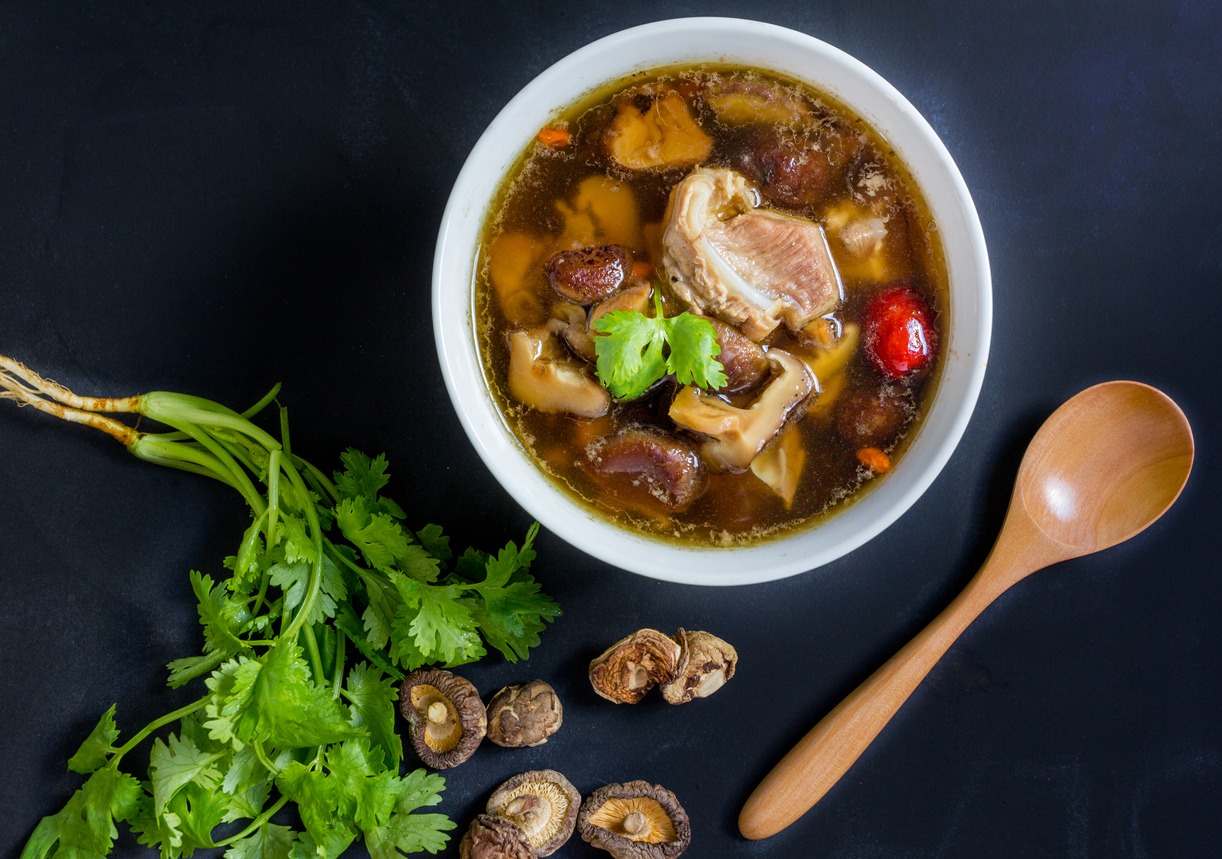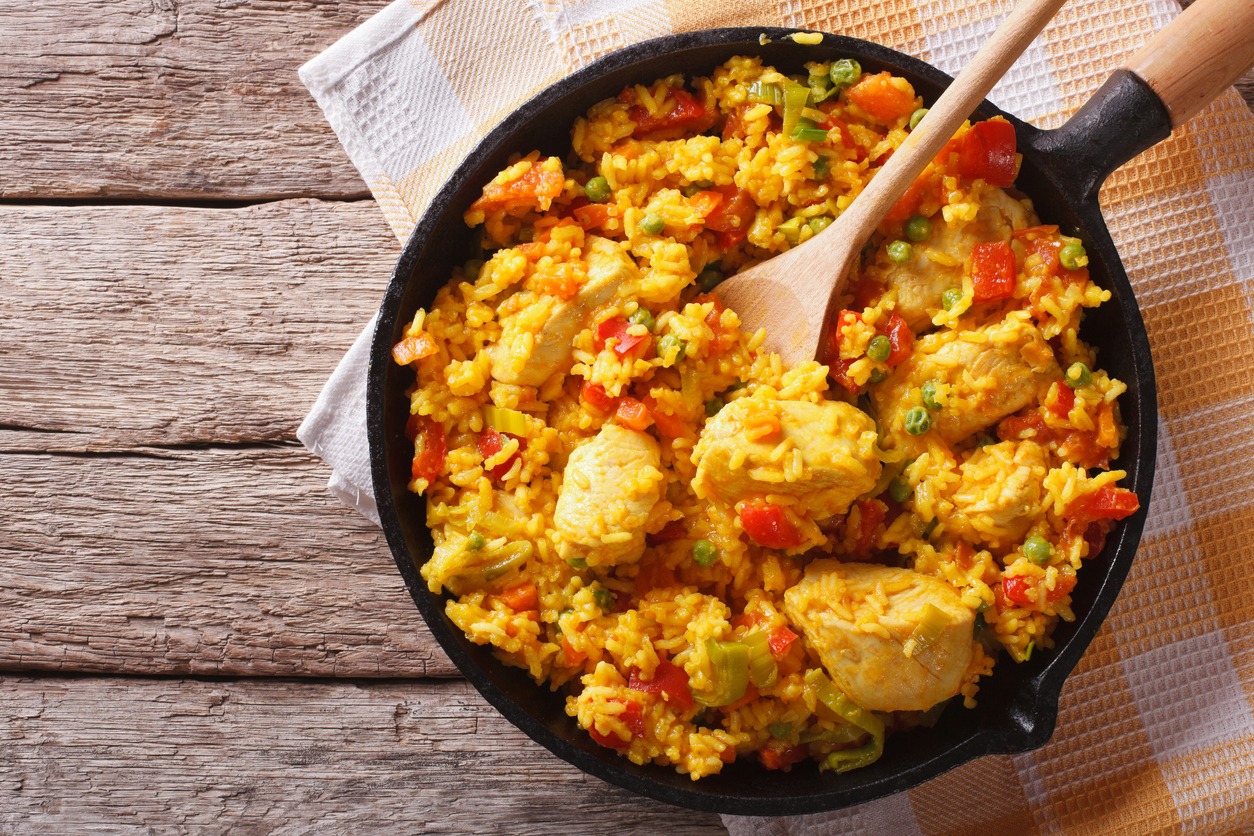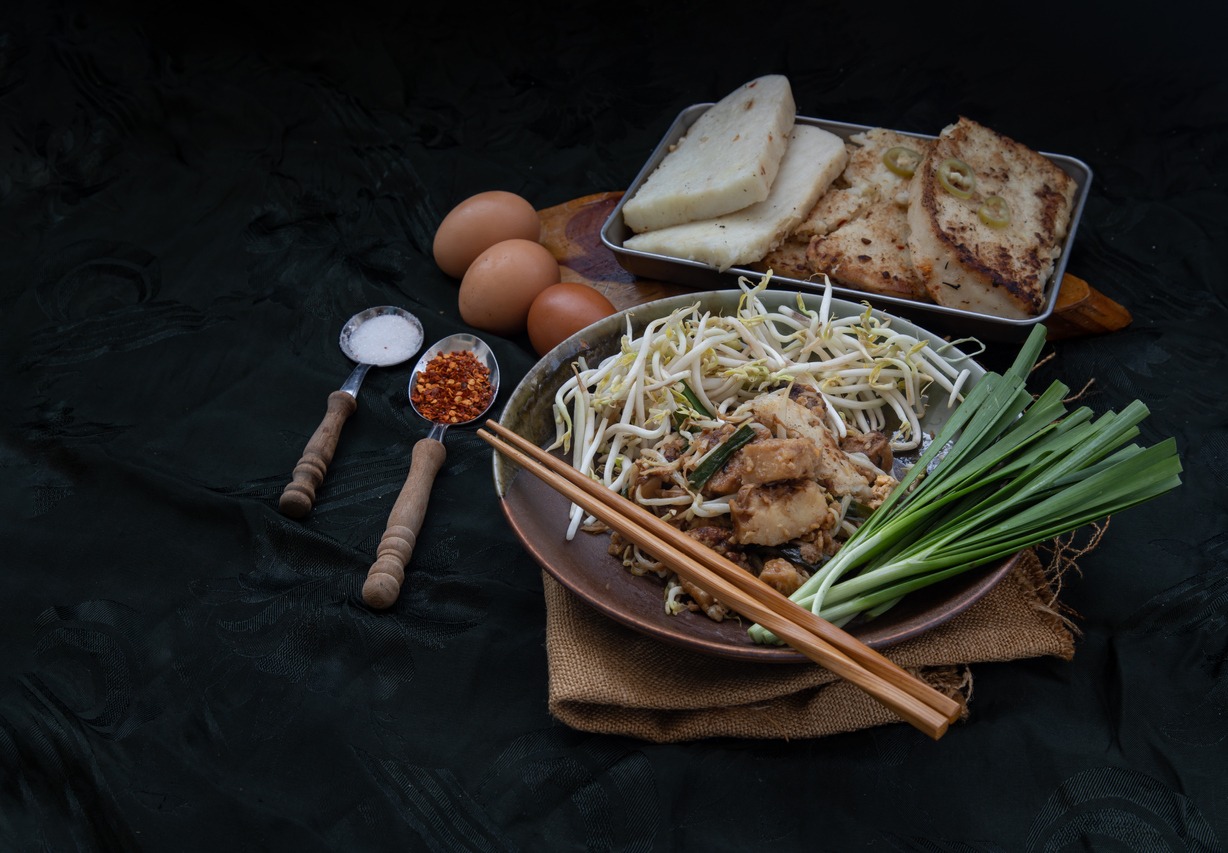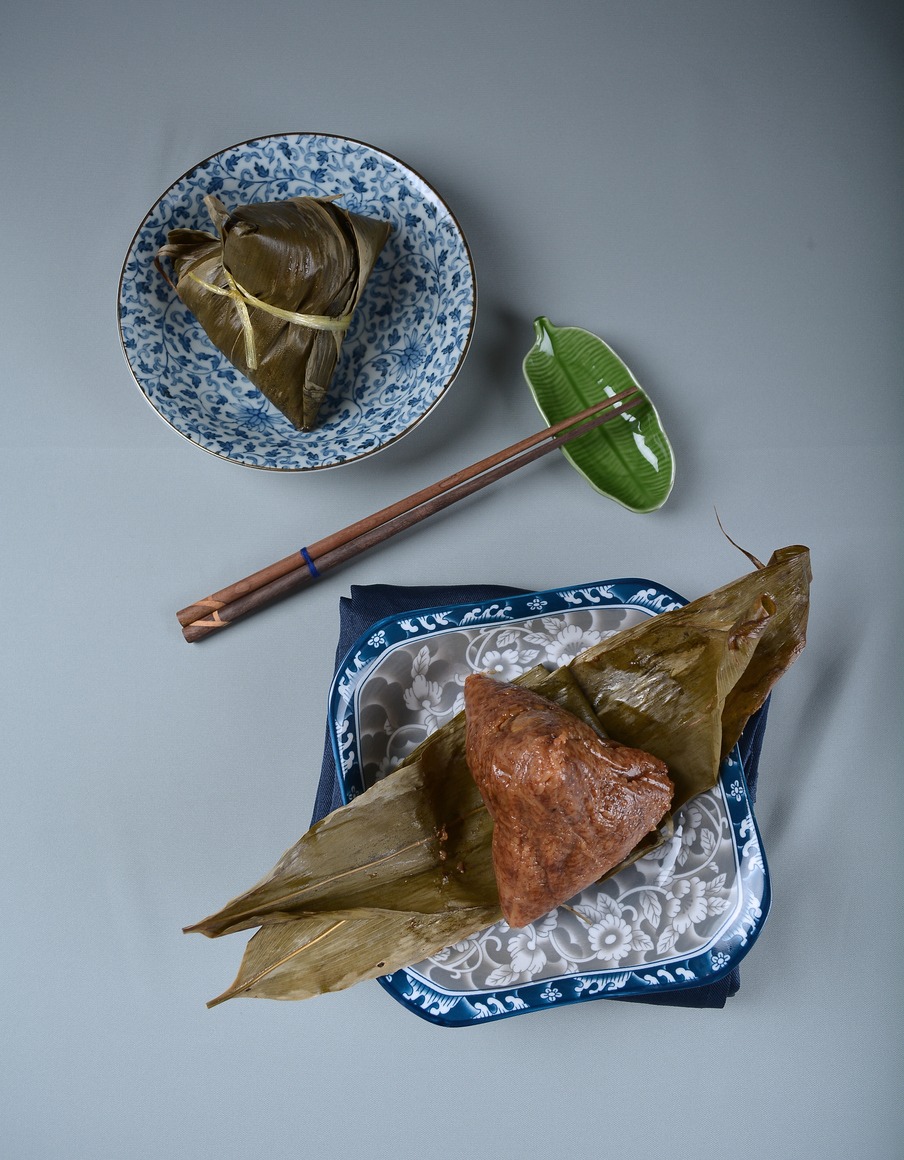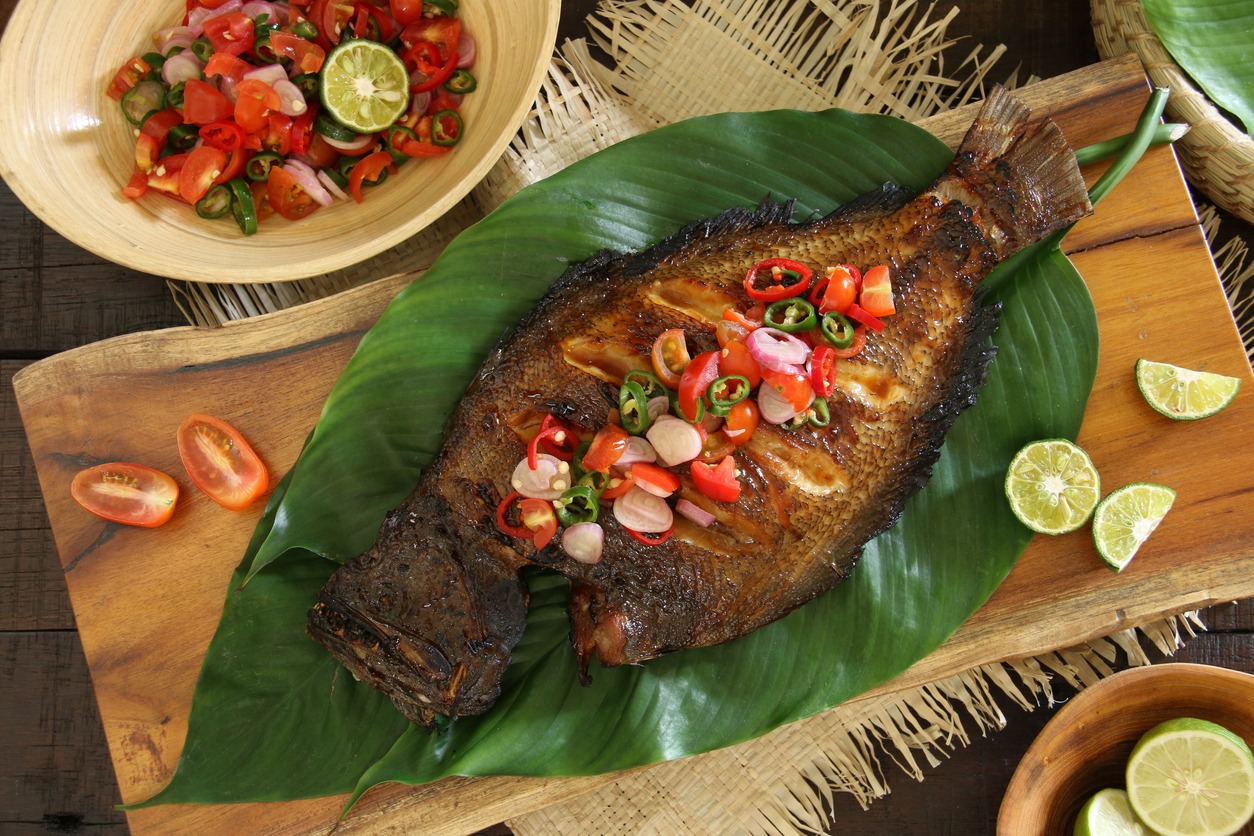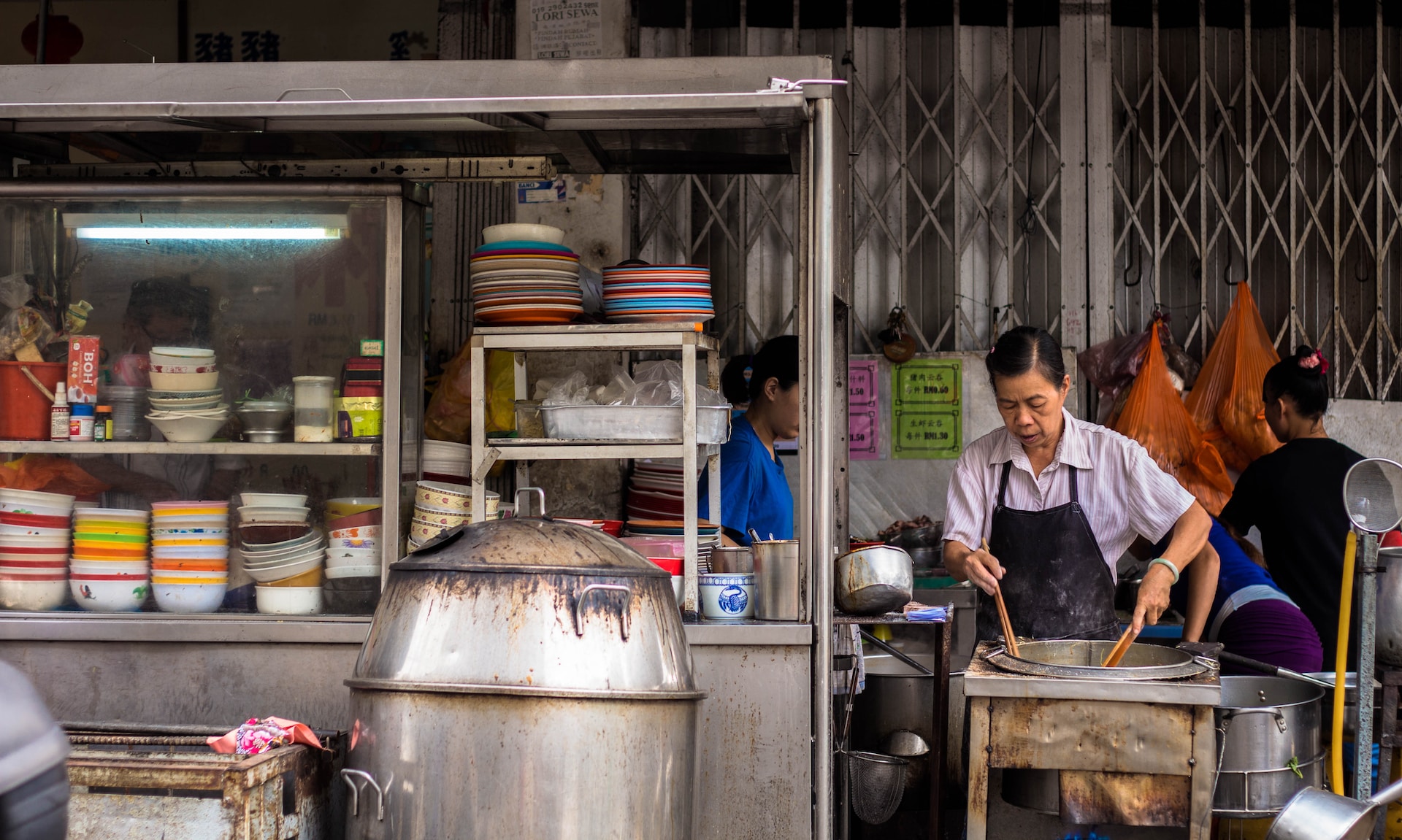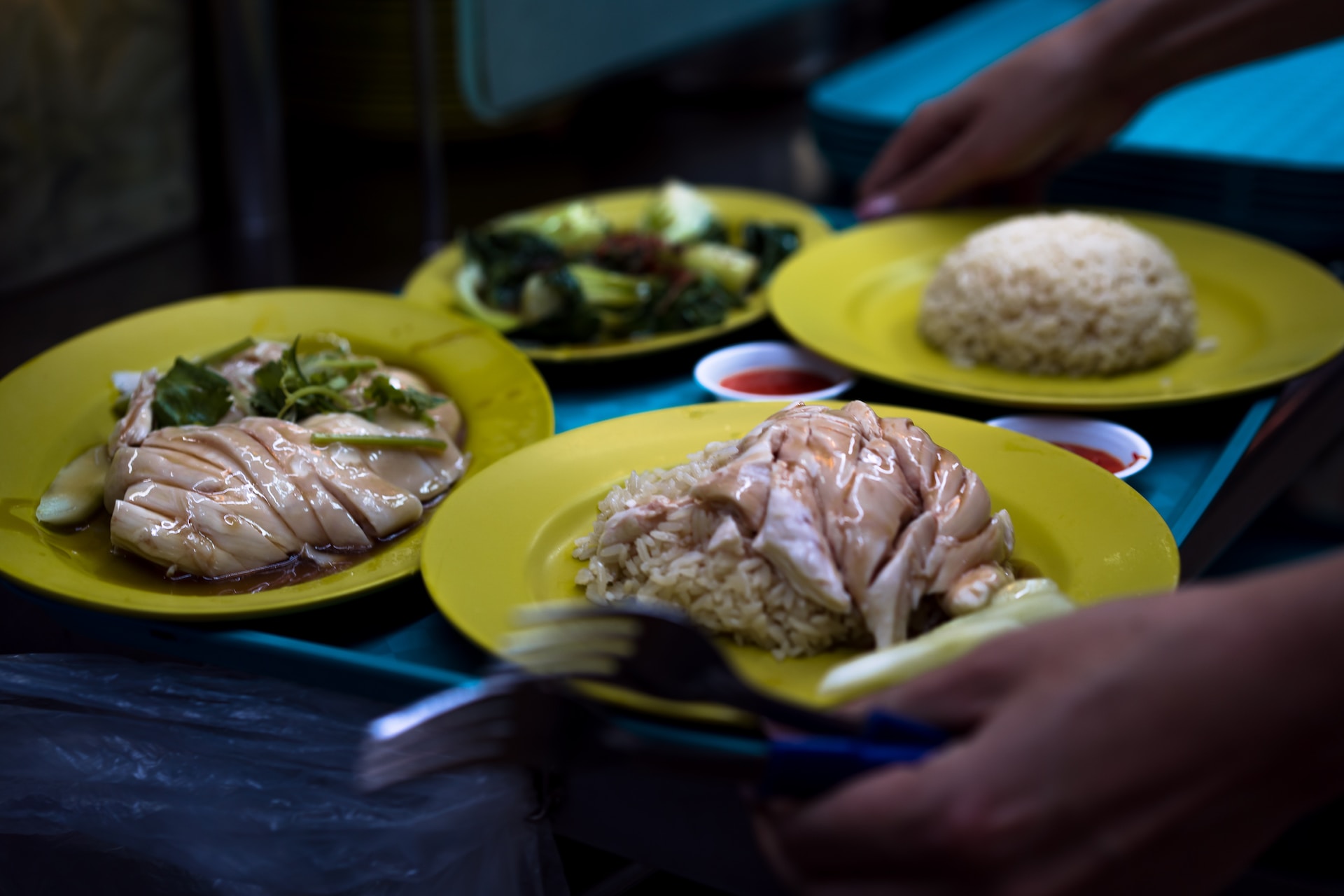Introduction
Even though Singapore only gained its independence in 1965, the country has a long and illustrious history of food that is steeped in the customs of its Chinese, Indian, and Malay communities. These dishes and cooking methods have combined and mutated to create a true fusion cuisine, which can be tasted to its fullest at different eateries as well as the hundreds of food markets that are scattered around the city.
The pride that Singaporeans feel for their cuisine is one of the few things that unites every single one of them, and the fact that they are obsessed with food is one of those things. Their traditional cuisines are a synthesis of enticing flavors that have been shaped by a variety of civilizations, including those of the Chinese, Malay, and Indian people as well as those of the early European settlers. Because of its illustrious history, Singapore is home to an amazing array of signature cuisine that will leave your taste buds begging for more.
If you are not from Singapore, you probably won’t have a good idea of what kinds of food are available in the country. Explore the rich Singapore food culture with the help of this Singapore food guide and munch your way through the best cuisines that you absolutely must sample while you are in Singapore.
Singapore’s Chili Crab
- One of the meals that best represents Singaporean cuisine is called Chili Crab. To prepare this meal, the crustaceans are stir-fried in a sauce that is rich in flavor and texture and has characteristics such as being thick and eggy, sweet and spicy, and spicy. Even while every chef claims to have their own unique, top-secret recipe, the majority of them nevertheless stick to the flavor profile that made the dish famous in the first place. Don’t be scared to get your hands dirty since digging in with your hands is required to enjoy the full feeling of joy that comes from this dish.
- There are quite a few establishments that provide chili crab, although more affordable alternatives may frequently be discovered in neighborhood eateries. Also, keep in mind that many of the best ratings are reserved for more intimate restaurants and other businesses that have been in operation for many years but are committed to maintaining their classic and family-oriented structures.
The Hainanese Chicken Rice
- The meal that best represents Singaporean cuisine is arguably one that features gingery and garlicky chicken on a pile of fluffy white rice. You’d have a hard time finding a hawker market that doesn’t have at least one vendor selling the delicacy, but there’s one that stands out from the rest: Hong Kong Soya Sauce Chicken Rice and Noodle. A stallholder named Chan Hon Meng’s version of Hong Kong Soya Sauce Chicken was honored with a Michelin star in the first edition of the Singapore Michelin Guide.
- The restaurant is located in Chinatown and is part of the Chinatown Complex hawker market. He has been working in this industry for years, and although there are three or four other booths in the Chinatown Complex that serve the same food, there is only one stall that has a line that wraps around the corner long before midday. He is the only one who has achieved this level of success. Get in line early because Chan will continue to serve his world-famous chicken until he runs out.
Kopi and Kaya Toast
- In this region of the world, a classic breakfast consists of kaya toast topped with jam and coffee. During the past twenty years, this time-honored combination has also begun to win the hearts of today’s young and trendy people as a result of its recent re-introduction into the market with a more contemporary approach.
- Locals refer to coffee as “Kopi,” and it tastes differently than the espresso, cappuccino, or latte that is more commonly consumed in the United States. The aroma and flavor of Singapore’s coffee are both amplified to a far greater degree. This is because the beans go through a roasting process alongside several other components before being ground into a powder. To give a dish its signature regional flavor, various condiments like sugar, evaporated milk, or condensed milk may be added to the dish, depending on the person’s taste.
- On the other hand, kaya toast is a traditional Japanese dish consisting of white bread cut into rectangular pieces and roasted on a griddle. After that, a thick coating of “Kaya,” a jam that is comprised of coconut, egg, and sugar, is applied on top to create the glaze. Toast has evolved into such a popular form of comfort food in recent years that many individuals now use it not only for breakfast but also after meals, during tea breaks, and even as a snack.
Rojak
- In Malaysia, Singapore, and Indonesia, where it is known as Rujak, Rojak is a popular dish, and it has a reputation for being highly addictive. This dish is similar to a salad in that it consists of crunchy fruits and vegetables combined with tofu and deep-fried dough sticks. It is then finished with a thick, black sauce that is drizzled with peanuts and drizzled with more peanuts. The salad may include beansprouts, cucumbers, turnips, pineapple, and apples. The tamarind paste, chili, shrimp paste, palm sugar, and lemon that make up the sauce are responsible for the sweet, spicy, and sour flavors that are present in the dish.
The Nasi Lemak
- The popular rice dish known as nasi lemak may be found across Singapore and the neighboring country of Malaysia. In days gone by, Nasi Lemak was sold from house to house in the form of little packets that were individually wrapped in banana leaves. If you are fortunate, you will be able to locate these miniature packets for sale at the neighborhood hawker centers.
- The mouthwatering rice, which is given a pre-cooking bath in a mixture of aromatic and opulent creamy coconut milk and pandan leaves, is the dish’s star attraction. After that, this fragrant rice is presented to the table alongside an assortment of accompaniments, including salted peanuts with ikan-bilis (fried anchovies), hard-boiled eggs, vegetables, fried chicken wings, and fish. When you are eating this dish, you must not forget to add the savory sweet sambal chili, as it is the essential component of any nasi lemak meal.
Laksa
- This appreciated but messy spicy noodle meal comes in a wide variety of forms, including the following: The laksa prepared in the Sarawak form is more similar to curry, the laksa prepared in the Penang style has a bold tamarind sweet-and-sour flavor, and the laksa prepared in the Katong style consists of short rice noodles swimming in a creamy coconut broth. This is a popular choice for breakfast and consists of a spicy noodle dish that is prepared with chili paste and coconut milk, then combined with fish stock. It is then served with various types of seafood, such as cockles, fishcakes, and prawns.
Ayam Penyet
- The cuisine known as ayam penyet has its roots in the Indonesian province of Java, but it is now widely consumed in Southeast Asian countries such as Singapore, Malaysia, and Brunei. Chicken breasts are covered in a batter made from a variety of spices, the majority of which being turmeric, galangal, and ginger, before being deep-fried to create this flavorful dish.
- Before being served, the chicken is pounded with a pestle and mortar to separate the meat from the bone and create a crispy skin. This is how the dish got its name, “penyet,” which translates to “smashed” in Malay.
Oyster Omelette
- Oyster omelette, also known as orh luak, is exactly what it sounds like oysters incorporated into a starchy omelet batter that is thickened with either tapioca starch or potato starch. The batter is then fried until it is crispy on the surface and tender in the middle. The contrast between the soft oysters and the crisp outer edge of the egg somehow works, and it works quite well. It is finished with a sour and spicy chili sauce, as well as fresh coriander leaves.
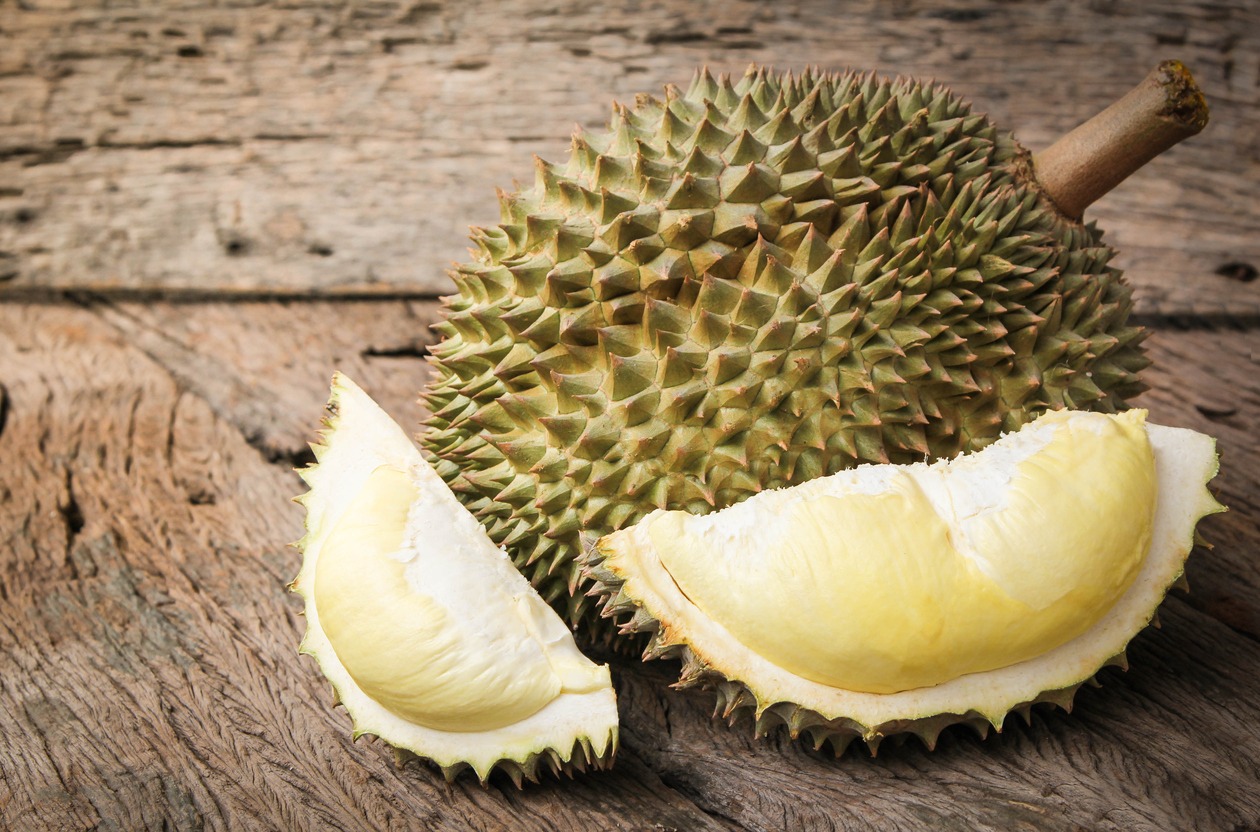
Durian
- In Southeast Asia, durian is commonly referred to as the “King of Fruits.” It is gaining such a large following in Asia that many people are willing to go to great lengths and cover great distances only to sample the various iterations of the dish. Because of its infamously strong aroma, durian is prohibited from being consumed on Singapore’s public transportation.
- The fruit durian has the shape of an oval and is encased in a husk that is covered with green spikes. It requires quite a bit of work to pry open before you can see clumps of creamy golden fruit on the inside of the fruit. It pretty much relies on how you feel about distinct flavors like this one as to whether or not you enjoy it, or whether or not you despise it.
Char Kway Teow
- If you find yourself in the area, you simply must indulge in this specialty cuisine. In the Hokkien dialect of Chinese, the phrase “char kway teow” literally translates to “fried flat noodles.” The dish consists of flat rice noodles, Chinese sausages, hog fat, cockles, and fish cake all mixed together. After that, an egg and a sweet dark sauce are added, and the final product is a dish that will make your mouth water.
- To create the most delicious dishes of Char Kway Teow, the chef must have excellent control of the heat and use the appropriate combination of ingredients. You’ll find that every cook has their own special recipes and approach to the kitchen, and as a result, you can come across the same meal prepared in a variety of ways at other stands, allowing you to sample new flavors.
The Nasi Biryani
- The tradition of Indian Muslims gave rise to the cuisine known as Nasi Biryani, which is a mixed rice dish. This dish requires a great deal of time and work to prepare, and it may take as much as an hour or more to ensure that it is cooked thoroughly and contains the appropriate spices and ingredients. The meal is made by layering basmati long-grain rice with marinated meat such as beef, chicken, fish, or mutton. It can also be cooked with fish. To guarantee that the final product is as decadent as possible, additional layers of ingredients, including fried onions, spices, and herbs, are added to the mixture.
- Because Singapore is home to such a diverse cultural landscape, it is not unusual for this traditional dish to be served with curry. In recent years, to keep up with the changing demands of the market, other unique variations have also been produced. Some examples of these variations include lobster biryani and prawn biryani.
Fried Hokkien Mee
- A popular dish in this region is called Fried Hokkien Mee, which is also sometimes referred to as fried prawn noodles. Egg noodles and rice noodles are stir-fried together in this dish along with pork strips, prawns, squid, and flavorful stock. The dish is served with a raw egg on top. A group of Chinese seamen from Fujian (Hokkien) Province in Southern China are credited with inventing the dish shortly after the end of World War II.
- The uniformity of the heat used for cooking and the appropriate level of moisture management is typically emphasized, similar to the way that this is done with many other traditional regional Chinese meals. Because this is such a well-liked dish, it is not unusual to see locals going to a variety of restaurants in search of their preferred versions of this dish.
Bak Kut Teh
- The meal known as bak kut teh, which has its roots in China and is famous in Malaysia and Singapore, gets its name from the Chinese phrase for pork bone tea. Although one might assume that pork is braised in tea, the truth is that tea is not a component of the recipe at all. However, the dish gained its name since strong tea is traditionally sipped alongside pork soup to flush off the oil.
- Traditionally, pork ribs are used in the preparation of bak kut teh. These ribs are simmered in water with white pepper, a large amount of garlic, and salt until the pork is fork-tender. This allows the flavors of the pepper and garlic to combine with the flavor of the pork bones, resulting in a broth that is both comforting and savory. Bak kut teh is traditionally consumed alongside a bowl of rice and typically a few other Chinese side dishes, such as pickled mustard greens or tofu that has been braised. When you eat bak kut teh, you should, of course, follow it up with a cup of hot Chinese tea to wash the flavor down.
Chicken Rice
- even though it consists of little more than chicken that has been boiled and served with tasty rice and sauce, this dish, which has its origins in Hainanese cuisine, is consistently ranked as one of the most well-liked and widely consumed meals in Singapore. Every person in Singapore has a preferred rendition of this dish, as well as a preferred restaurant or hawker stall that offers it. These versions differ from one another in terms of the flavor of the chicken, the texture of the rice, the flavor or oiliness of the rice, and most importantly, the many styles of sauces, some of which are more gingery or salty, while others are hotter.
Chai Tow Kway
- Known more frequently as a carrot cake, chai tow kway is another one of the Singaporean meals that can be found at almost any hawker food outlet in the entire city. This dish is a staple in the cuisine of Singapore. It’s more of a snack than a main course, yet it’s very popular around Southeast Asia, especially in Thailand and Vietnam. In contrast to the sweet carrot cake created in the Western style that is made with orange carrots. Because it is created using daikon radish, which in a Chinese dialect can refer to both daikon radish and carrots, the cake in Singapore is referred to as “carrot cake,” even though it does not include any carrots at all in its ingredients.
- Rice flour and shredded daikon are used to make chai tow kway. These ingredients are then molded into rice cakes and fried in a large amount of pork lard and eggs. As a consequence, you end up with a snack food that is fatty, salty, gooey, and crunchy all at the same time.
Fish Bee Hoon
- Fish bee hoon, sometimes known simply as fish with noodles, is an additional well-liked noodle dish that is frequently found as a staple in Singaporean cuisine. Although some restaurants in Singapore serve a clear version of fish soup bee hoon, the majority of the time milk is added to the soup to thicken it and make it more robust and flavorful. The broth is made with fish and fish bones, an assortment of vegetables, and light herbs.
Bak Zhang
- During the Dragon Boat Festival, a glutinous rice dumpling called bak chang, also known as Zong Zi, is one of the most popular foods to eat. Although it may be traced back to Chinese mythology, dumplings are now a typical snack that is sold throughout the year by local hawkers and artisans. The meal is often prepared in either a savory or a sweet style and served. The first variety features glutinous rice flavored with dates, bean paste, or gula melaka, while the second variety features beef, yam, ham, mushrooms, and salted duck egg as its primary ingredients.
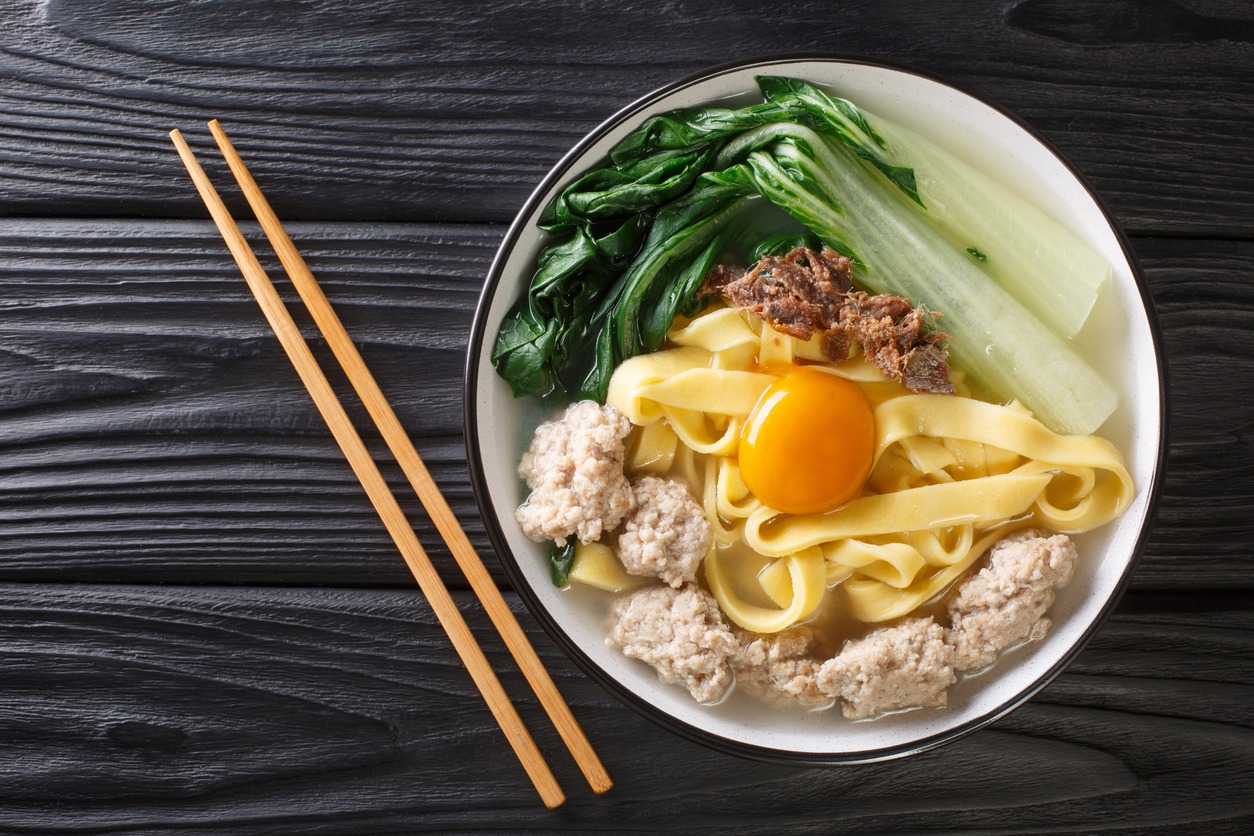
Ban Mian
- The dish known as ban mian originated in China, although its ancestry may be traced back to a wide variety of Chinese cultural traditions. The Hakkas, for example, have a legitimate claim to the traditional dishes of ban mian and you mean, but the Hokkiens are the ones who invented mee hoon kueh, which is distinguished from traditional noodle dishes by the use of larger bits of dough served in a soup. These days in Singapore, you can typically find all three at ban mian booths that serve a generic version of the dish.
- It’s a healthy dish that’s perfect for gloomy days or for when you have a yearning for something warm and hearty. A stall selling ban mian may be found in almost every hawker center in the area.
Yong Tau Foo
- Yong tau foo is a classic Chinese cuisine that is extremely popular among the Hakka Chinese, who are quite strongly represented all around Singapore. The name of this food translates to “stuffed bean curd”. There is a wide variety of yong tau foo that each vendor has their own special blend and preparation method.
- To a certain extent, and as the name of the dish might imply, yong tau foo consists of an assortment of different kinds of packed tofu. These tofu pieces are typically combined with minced pork or fish cake paste and served in a clear broth soup. Although it is not always the case, the slices of tofu are typically served atop a dish of egg noodles that have been seasoned with chili paste.
Ikan Bakar
- The famous meal barbecue sambal stingray, also known as ikan bakar, can be found at seafood stalls located in many of the biggest food centers in Singapore. Ikan bakar is another name for this dish. The dish derives from Malaysian and Eurasian cuisine, with some Portuguese influence thrown in for good measure. The stingray was once considered a waste of time and effort to capture, but its popularity skyrocketed after the development of dishes such as ikan bakar.
- Typically, a portion of the stingray is seasoned with spicy peanut and dried shrimp sambal, wrapped in a banana leaf, and then thrown on the grill to cook. This method yields a delicious and tender meal. When you are ready to serve the dish, drizzle some lime juice over the fish, and you will have a dish that is delicious enough to eat on its own or with a bowl of white rice.
Why Is Singapore’s Hawker Culture Special?
The Singaporean equivalent of food stalls on the street is called a Hawker Center. There is a staggering variety of food and drink vendors housed together in what appears to be a massive community dining room, where various groups of people come together to eat and mix.
Many of the items that are considered to be hawker cuisine today have their roots in the culinary customs of immigrant groups established in Singapore. This culture of street food evolved from these traditions. Hawker centers are the best places for tourists to get a feel for authentic Singaporean culture because they are where our cuisine, which is an excellent representation of the country’s diverse population, is served.
Conclusion
It is an integral part of Singapore’s legacy to eat at a hawker center and doing so will provide you with a wonderful cultural experience that you simply must try. The environment is lively and a pleasure for all of the senses to take in. You can observe hawkers frantically making food, hear them joking with one another, smell a variety of spices wafting across different stalls, and listen to diners conversing in a variety of languages. It is also usual to see strangers eating together at the same table, even though they come from different racial or religious backgrounds or follow different diets.

